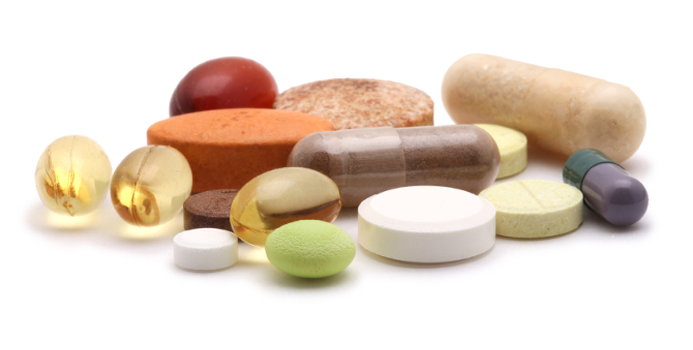Abstract
OBJECTIVE:
The aim of this study was to evaluate the effects of omega-3 and vitamin E co-supplementation on parameters of mental health and gene expression related to insulin and inflammation in subjects with polycystic ovary syndrome (PCOS).
METHODS:
Forty PCOS women were allocated into two groups and treated with 1000mg omega-3 fatty acids plus 400 IU vitamin Esupplements (n = 20) or placebo (n = 20) per day for 12 weeks. Parameters of mental health were recorded at baseline and after the 12-week intervention. Gene expression related to insulin and inflammation were measured in blood samples of PCOS women.
RESULTS:
After the 12-week intervention, compared with the placebo, omega-3 and vitamin E co-supplementation led to significant improvements in beck depression inventory total score (- 2.2 ± 2.0 vs. – 0.2 ± 1.3, P = 0.001), general health questionnaire scores (- 5.5 ± 4.6 vs. – 1.0 ± 2.3, P < 0.001) and depression anxiety and stress scale scores (- 7.2 ± 5.2 vs. – 1.3 ± 1.3, P < 0.001). Compared with the placebo, omega-3 and vitamin E co-supplementation could up-regulate peroxisome proliferator-activated receptor gamma (PPAR-γ) expression (P = 0.04) in peripheral blood mononuclear cells (PBMC) of PCOS women. In addition, compared with the placebo, omega-3 and vitamin E co-supplementation down-regulated interleukin-8 (IL-8) (P = 0.003) and tumor necrosis factor alpha (TNF-α) expression (P = 0.001) in PBMC of PCOS women. There were no significant difference between-group changes in glucose transporter 1 (GLUT-1), IL-6 and transforming growth factor beta (TGF-β) in PBMC of PCOS women.
CONCLUSION:
Omega-3 and vitamin E co-supplementation was effective in improving parameters of mental health, and gene expression of PPAR-γ, IL-8 and TNF-α of women with PCOS.

